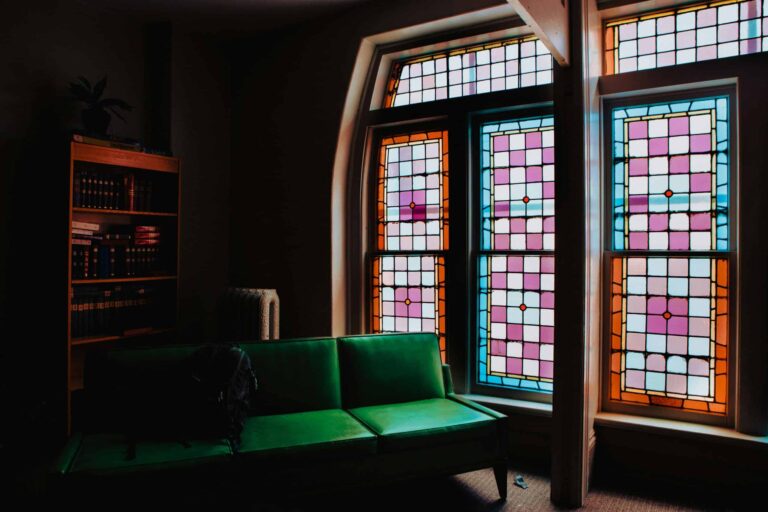Packard Super Eight: World War 2 Power
The Packard Super Eight was the larger of the two 8V luxury automobiles produced by the Packard Motor Car Company. It was only produced from 1933-1951, and was really only 1 generation. However, it made a significant contribution. It shared frames and some body types with the top model, Packard V12. By the Second World War, Packard, which produced the Packard Super Eight commercially, was making airplane engines (P-51 Mustang). Packard also built the engines for PT boats, the V12 engine. Do you think American Industry won World War 2?
Packard Super Eight History

In 1937, the Packard Super Eight was reduced to a smaller and lighter design. The V12 Series was discontinued after the 1939 model year; a new Custom Packard Super Eight was the new top car range. The car was renamed the Super Eight One-Sixty, starting a naming convention change in 1940. The Packard Super Eight had 160 horsepower.
After 1942, Packard Super Eight concentrated on the new Clipper styling that was developed for an upper-class sedan the previous year. There were all kinds of Packards until 1947. After a heavy facelift, the name Clipper was dropped from the car, but this was the year Packard started producing engines for fighter planes and PT boats.
In 1948, the most senior Custom Packard One-Eighty had a slightly lower-priced sibling, the Super Eight One-Sixty. There was now a Packard Station Sedan. The features of cars were distinguished outside by the lack of an eggcrate grille and small rear chrome trim molding under the trunk lids. In 1949, a new Packard Super Eight Deluxe was added to the line. This car also had the Custom Eight’s grille, but not the rear trim.
The entire range of Packard’s motorcars was renamed for the 1951 model year (twenty-fourth series), when the Packard Super Eight was renamed 300. That effectively ended the car’s history, but it made a significant contribution to the war effort. The car continued for a while, but proved to be too large to be sustainable.
The Packard Super Eight and World War Two
By the Second World War, Packard was using the technology it used in its cars, and it started building airplane engines. Specifically, the P-51 Mustang, the “Cadillac of the skies.” The P-51 was one of the most powerful fighters of its time. It was very reliable in combat and an entry for the company to build PT boats.
The PT boats had a V12 engine and were also reliable in conflict. Because of its contributions to fighter planes and PT boats, the Packard Company, producers of the Packard Super Eight automobile, earned wide recognition for its war contribution. When the company went back to domestic production after the war, the company produced.
Actually, the company kept right on producing cars through the War, but after it, there is no question that the company gained name recognition and notoriety. This resulted in a bump in sales. It was funny that the cars were renamed in 1951. The new 300s kept the straight-eight engine, with its smooth-running and powerful reliability. It became a favorite for both luxury automobiles and racing cars. Today, the straight eight engine would be unsustainable for cars because of the length of its engine.
Conclusion
Here we have a car that is unique in American Automotive history. The car did not evolve into multiple generations, but the Packard company used the engine technology it developed to support the American World War Two effort. Historians agree that American industry won the war, and this car is a prime example, as the engine was used in both PT boats and popular fighter planes.







